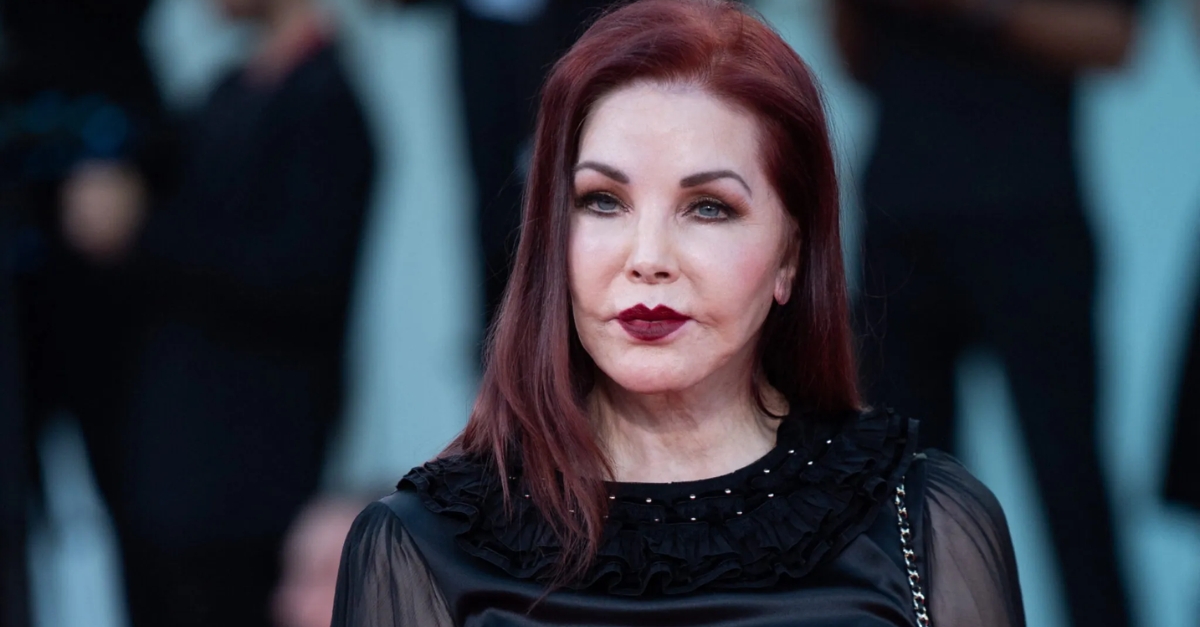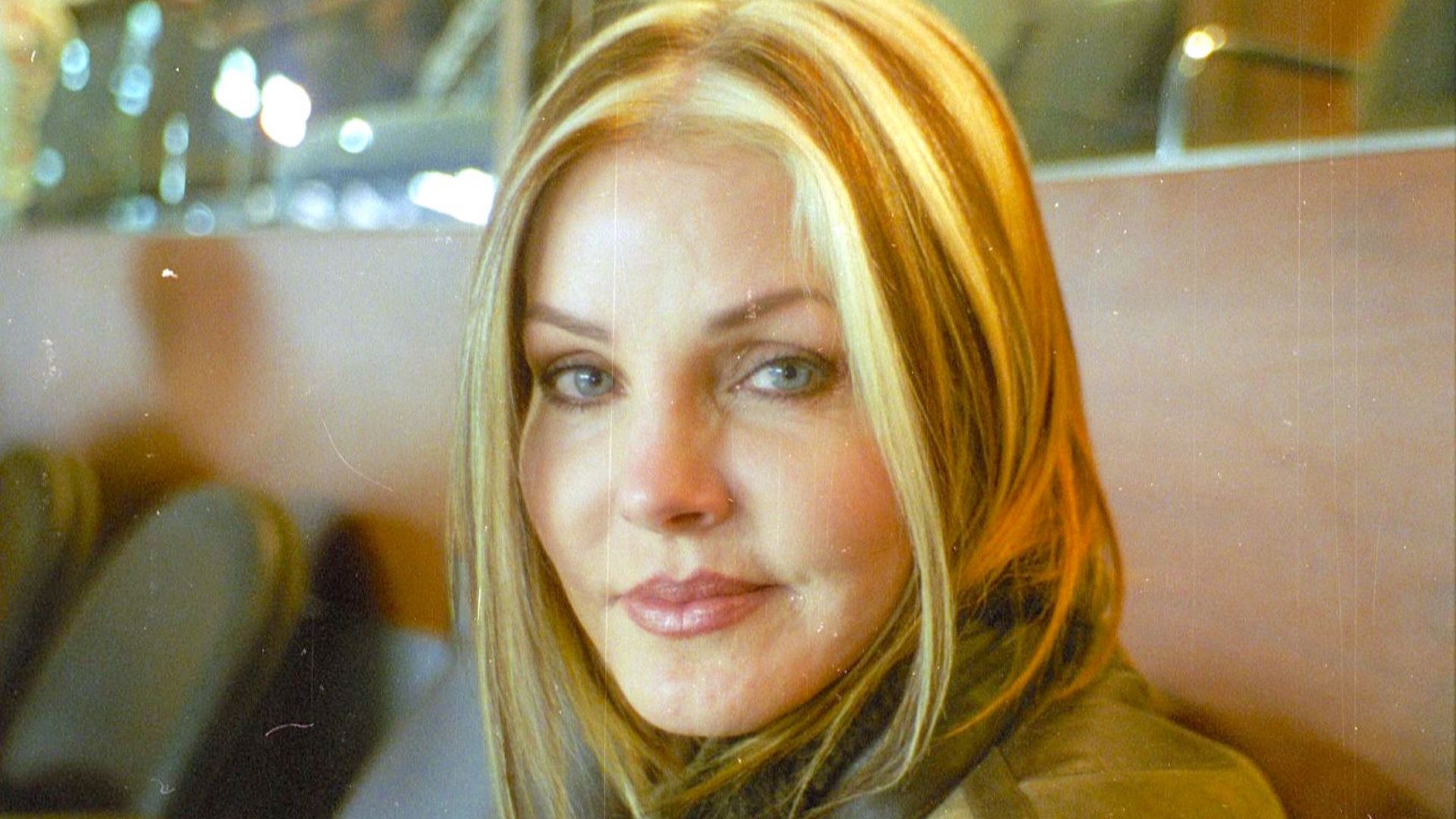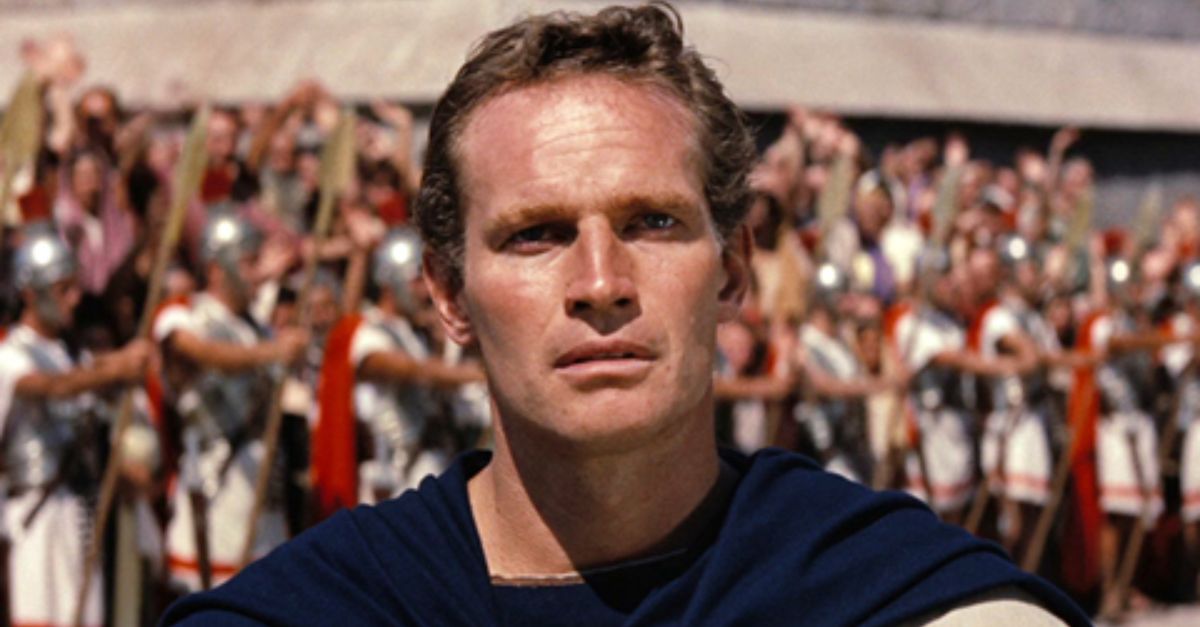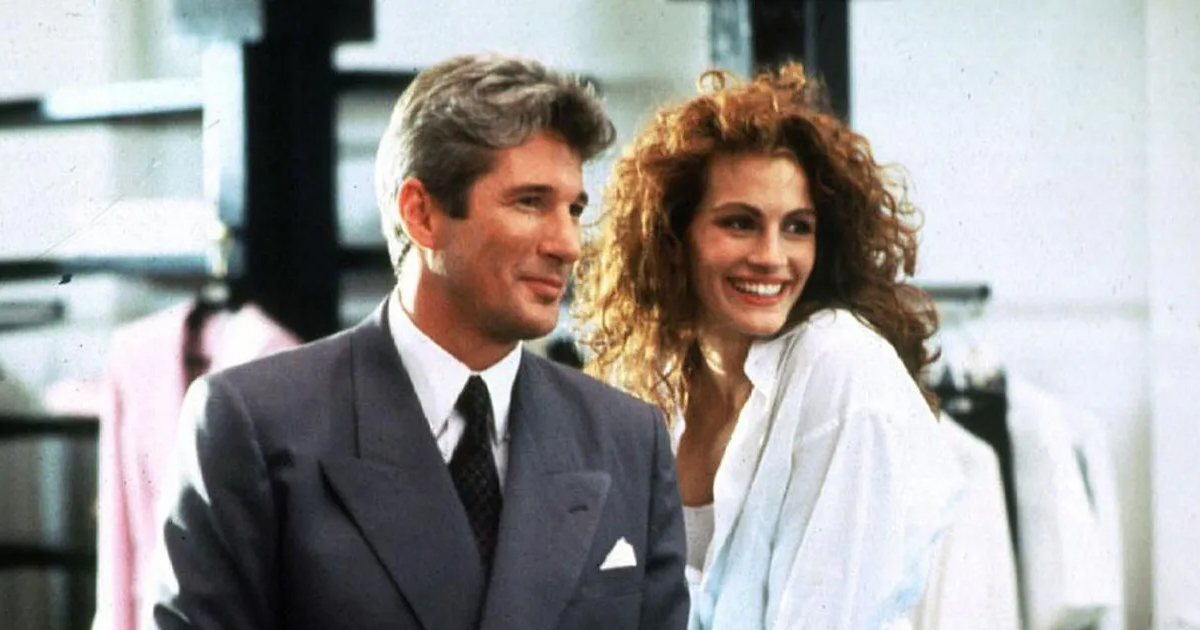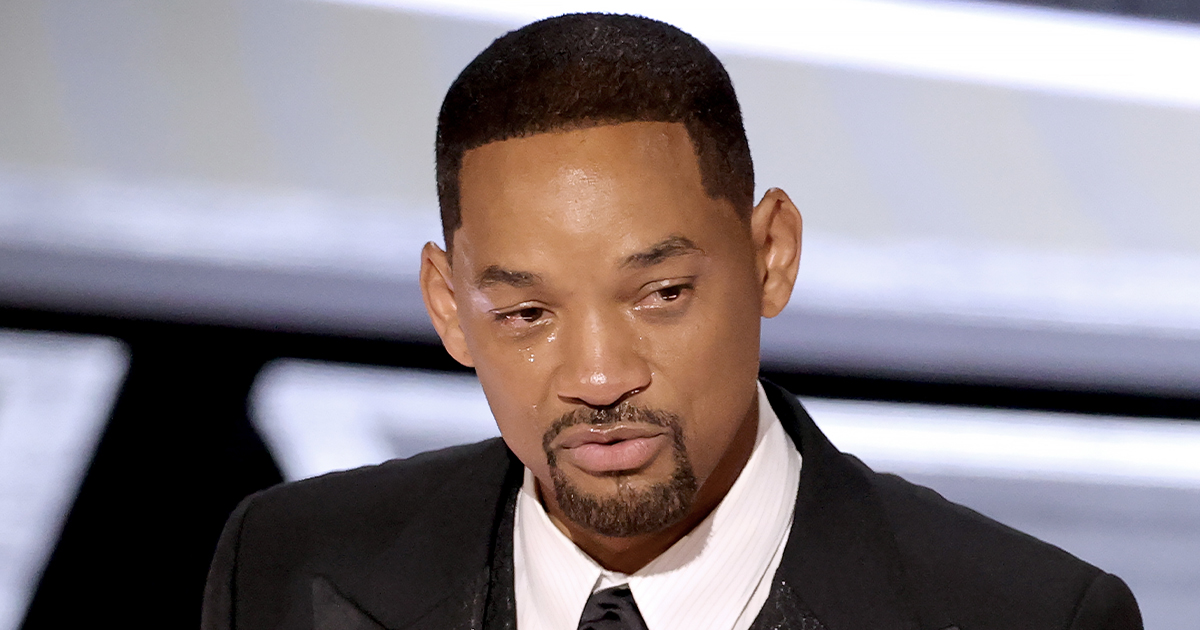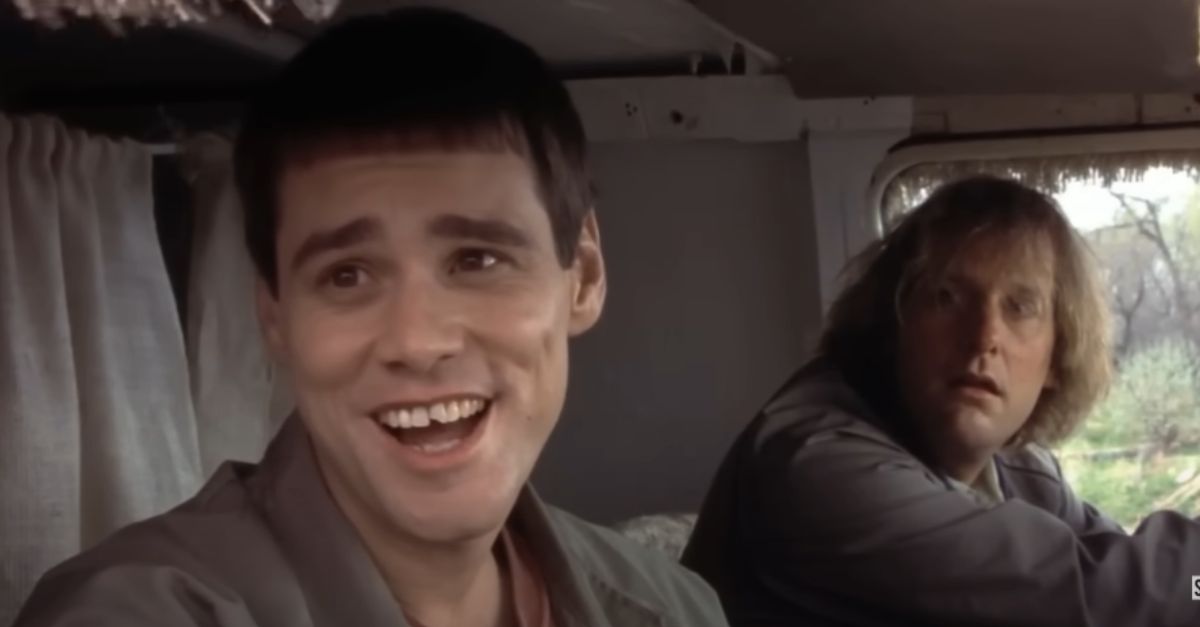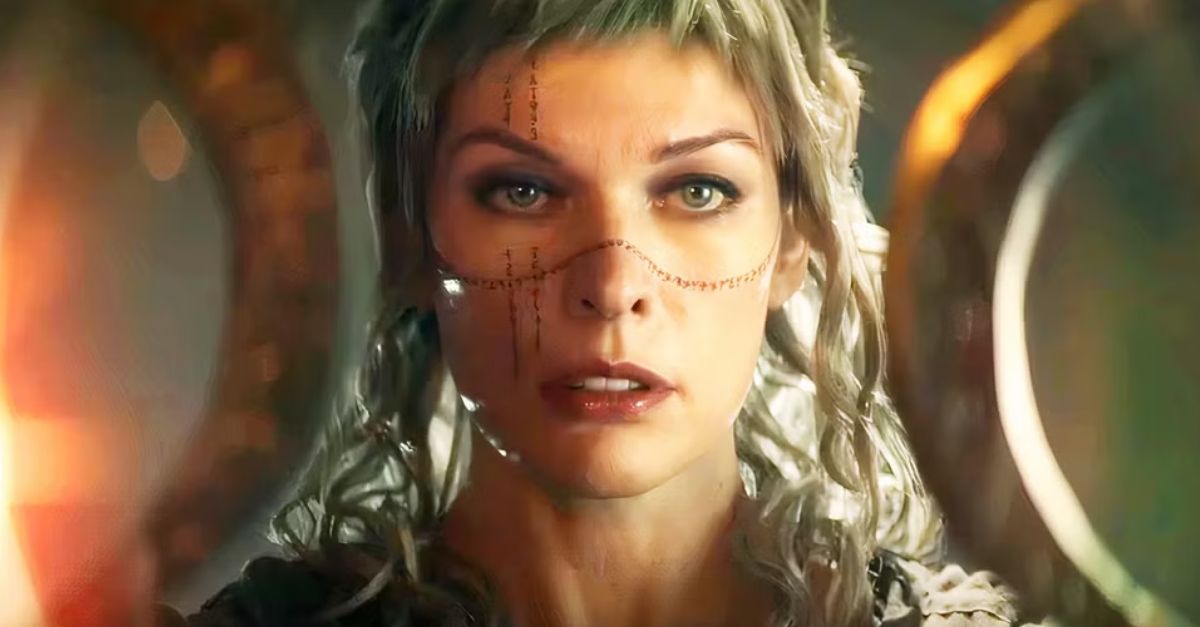Effortlessly Iconic
Before social media or streaming, there were faces everyone recognized instantly. These actresses carried charisma that filled movie theaters and TV screens alike, making them unforgettable figures in pop culture’s golden glow.
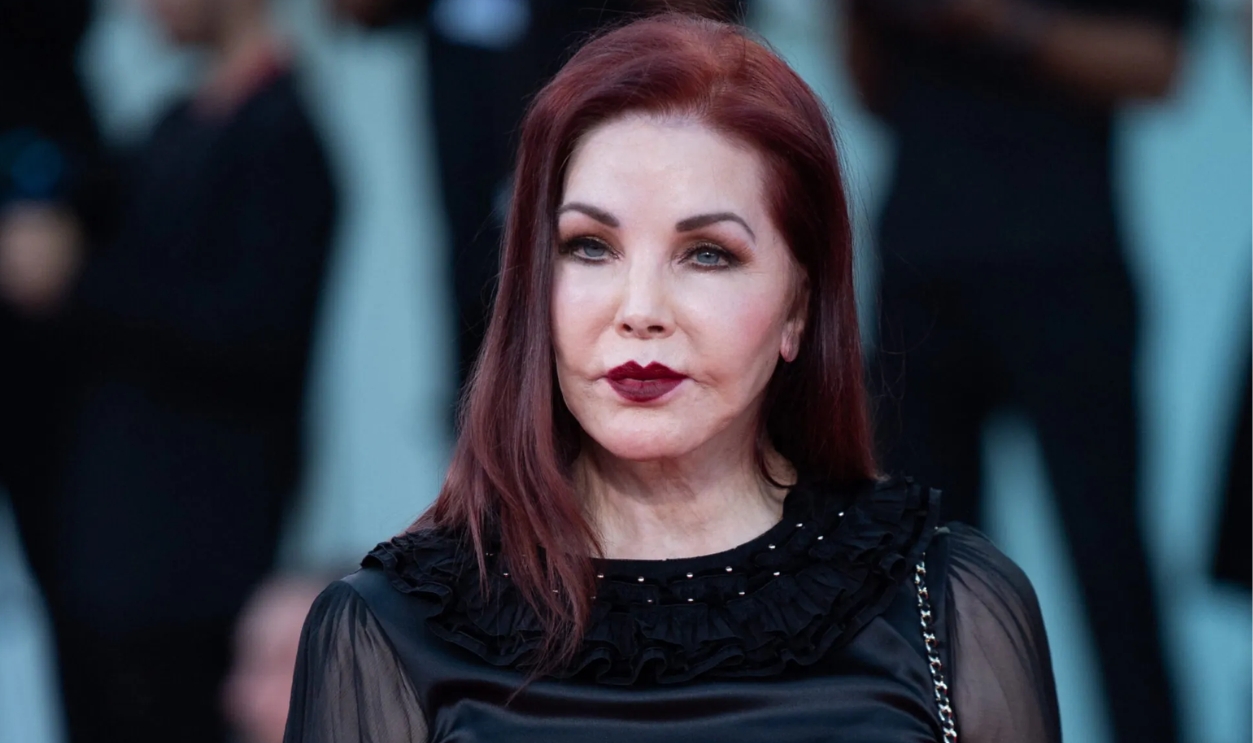
Farrah Fawcett
Her red swimsuit poster became the best-selling pin-up of the entire decade, with millions of copies plastered on bedroom walls across America. Fawcett exploded into the cultural consciousness in 1976 when she landed the role of Jill Munroe in the groundbreaking series Charlie's Angels.
 Sony Pictures Releasing, Charlie’s Angels (2000)
Sony Pictures Releasing, Charlie’s Angels (2000)
Farrah Fawcett (Cont.)
Born on February 2, 1947, in Corpus Christi, Texas, the actress brought a fresh California-chic energy that thrilled audiences nationwide. That famous windswept blonde hair wasn't just a hairstyle—it became the template every woman wanted to replicate, defining the aesthetic of an entire era.
 Sony Pictures Releasing, Charlie’s Angels (2000)
Sony Pictures Releasing, Charlie’s Angels (2000)
Jane Fonda
Henry Fonda's daughter wasn't content to coast on her famous last name. She grabbed Hollywood by the lapels and demanded to be taken seriously on her own terms. Jane Fonda clinched two Academy Awards during the decade, first for her gritty performance in Klute and later for Coming Home.
Raquel Welch
A fur bikini in a prehistoric adventure film seems like an unlikely launchpad for superstardom, yet that's precisely what happened when Welch appeared in One Million Years BC. That single costume choice transcended the film itself, turning into a cultural phenomenon that propelled her into the hall of fame.
 20th Century Fox, One Million Years B.C. (1966)
20th Century Fox, One Million Years B.C. (1966)
Cybill Shepherd
From runway model to critically acclaimed dramatic actress to comedy star—Cybill Shepherd's career trajectory reads like three different success stories rolled into one remarkable journey. In 1971, The Last Picture Show announced her arrival as a serious actress capable of handling complex dramatic material, earning widespread critical praise.
 Columbia Pictures, The Last Picture Show (1971)
Columbia Pictures, The Last Picture Show (1971)
Cybill Shepherd (Cont.)
She then took a bold turn into darker territory, working alongside Martin Scorsese in the psychologically intense Taxi Driver, proving she wasn't afraid to take risks. Just when Hollywood thought they had her figured out, she completely pivoted to television comedy, trading witty banter with Bruce Willis in Moonlighting.
 Columbia Pictures, Taxi Driver (1976)
Columbia Pictures, Taxi Driver (1976)
Jacqueline Bisset
The wet t-shirt scene in The Deep became one of the most talked-about moments in 1970s cinema, creating a cultural touchstone that defined Bisset's place in Hollywood history. Bisset combined striking physical beauty with a sophisticated, almost European sense of style and presence.
 Columbia Pictures, The Deep (1977)
Columbia Pictures, The Deep (1977)
Jacqueline Bisset (Cont.)
However, she had already established herself as a force in both American and European cinema before The Deep, with memorable work in Steve McQueen's Bullitt. She became a household name and earned a Golden Globe nomination for her comedic role in Who Is Killing the Great Chefs of Europe?
Ali MacGraw
The fashion world lost a talented model and editor when this star made the dramatic leap to acting, but Hollywood gained one of the 1970s' most luminous stars. Love Story in 1970 changed everything when her performance earned an Academy Award nomination.
 Paramount Pictures, Love Story (1970)
Paramount Pictures, Love Story (1970)
Ali MacGraw (Cont.)
That success opened doors to other notable projects like The Getaway, where art imitated life as she fell for and eventually married her co-star, the legendary Steve McQueen. Born February 1, 1939, MacGraw went from being a fashion insider to an Oscar-nominated actress.
 Warner Bros., The Getaway (1972)
Warner Bros., The Getaway (1972)
Goldie Hawn
An Oscar-winning turn in 1969's Cactus Flower proved that beneath those bouncing blonde curls and that effervescent, bubbly personality lived a serious actress with genuine dramatic chops. Throughout the 1970s, she lit up comedies like There's a Girl in My Soup and Shampoo with her natural comedic charm.
 Columbia Pictures, Cactus Flower (1969)
Columbia Pictures, Cactus Flower (1969)
Goldie Hawn (Cont.)
That trademark giggle and those dancing curls weren't just gimmicks. They were elements of a carefully crafted image that helped make her one of the decade's most beloved and bankable stars, proving that comedic actresses could command both critical respect and box office gold.
 Columbia Pictures, Cactus Flower (1969)
Columbia Pictures, Cactus Flower (1969)
Cher
When jaw-dropping fashion choices meet powerhouse vocals, you'd expect creative chaos. Instead, Cher turned this combination into a well-orchestrated phenomenon that crowned her the “Goddess of Pop”. The Sonny & Cher Comedy Hour brought her into living rooms across America.
 CBS, The Sonny & Cher Comedy Hour (1971–1974)
CBS, The Sonny & Cher Comedy Hour (1971–1974)
Lauren Hutton
Breaking into the modeling world with a gap between your front teeth sounds like the setup for a rejection story, but Hutton flipped the script entirely. That distinctive smile became one of fashion's most recognizable trademarks, turning what conventional beauty standards might have dismissed into her signature asset.
 Paramount Pictures, The Gambler (1974)
Paramount Pictures, The Gambler (1974)
Lauren Hutton (Cont.)
She leveraged this unique look to shatter barriers, becoming the first model to secure an exclusive contract with Revlon and establishing herself as an authentic 1970s fashion revolutionary. She lit up screens in The Gambler and American Gigolo.
 Paramount Pictures, American Gigolo (1980)
Paramount Pictures, American Gigolo (1980)
Veronica Cartwright
Forget the typical Hollywood leading lady trajectory. Veronica Cartwright carved out something far more interesting by becoming the authentic, grounded presence in two of the decade's most influential sci-fi thrillers. She starred as Lambert in Ridley Scott's Alien in 1979.
 20th Century Fox, Alien (1979)
20th Century Fox, Alien (1979)
Veronica Cartwright (Cont.)
This performance earned her the Saturn Award for Best Supporting Actress. Notably, her genuine reaction during the film's infamous chestburster scene was unplanned, adding to the film's chilling realism. Early in her career, Cartwright was a child actress in critically acclaimed films like The Children's Hour.
 20th Century Fox, Alien (1979)
20th Century Fox, Alien (1979)
Karen Black
Chameleon-like versatility defined Black's approach to her craft, nowhere more evident than in her tour-de-force performance playing three distinct characters in Trilogy of Terror. This remarkable range extended from her Academy Award-nominated turn in Five Easy Pieces to her memorable presence in Airport 1975.
 Columbia Pictures, Five Easy Pieces (1970)
Columbia Pictures, Five Easy Pieces (1970)
Karen Black (Cont.)
She became one of the decade's most recognizable character actresses. However, Black refused to be confined by acting alone, channeling her creative energy into another passion entirely: crafting melodies as a singer-songwriter. In Nashville, directed by Robert Altman, she played a country singer named Barbara Jean.
 Paramount Pictures, Nashville (1975)
Paramount Pictures, Nashville (1975)
Jaclyn Smith
Television history was made when Charlie's Angels premiered in 1976, launching a cultural phenomenon that redefined women's roles on screen alongside sensations like Farrah Fawcett. Jaclyn Smith emerged from this superb show as more than just another beautiful Angel.
 Sony Pictures Releasing, Charlie’s Angels (2000)
Sony Pictures Releasing, Charlie’s Angels (2000)
Jaclyn Smith (Cont.)
As Kelly Garrett, Smith stood as the only original Angel to appear in every single season until the series finale in 1981, proving her professionalism and appeal. Born October 26, 1945, in Houston, Texas, she turned from a seventies television star into a genuine icon.
 Sony Pictures Releasing, Charlie’s Angels (2000)
Sony Pictures Releasing, Charlie’s Angels (2000)
Priscilla Presley
The King of Rock and Roll's wife spent the 1970s primarily recognized for her stunning looks and signature elegant style that made her a fashion icon. Priscilla Presley turned heads everywhere as Elvis's glamorous spouse, but this identity would prove to be just the first chapter of her story.
Bo Derek
When a hairstyle becomes a cultural phenomenon, you know you've created something beyond just a movie moment. Well, that's exactly what Derek achieved with her distinctive cornrow braids in the 1979 film 10. The movie crystallized her willingness to push boundaries while holding on to unapologetic sensuality.
Joanna Cassidy
Striking looks opened the door, but formidable talent kept Cassidy working for decades beyond her initial television crush status on shows like Starsky & Hutch and Police Story in the 1970s. What began as attention-grabbing appearances evolved into a powerhouse career spanning more than 100 film and television roles.
 ABC, Starsky & Hutch (1975–1979)
ABC, Starsky & Hutch (1975–1979)

